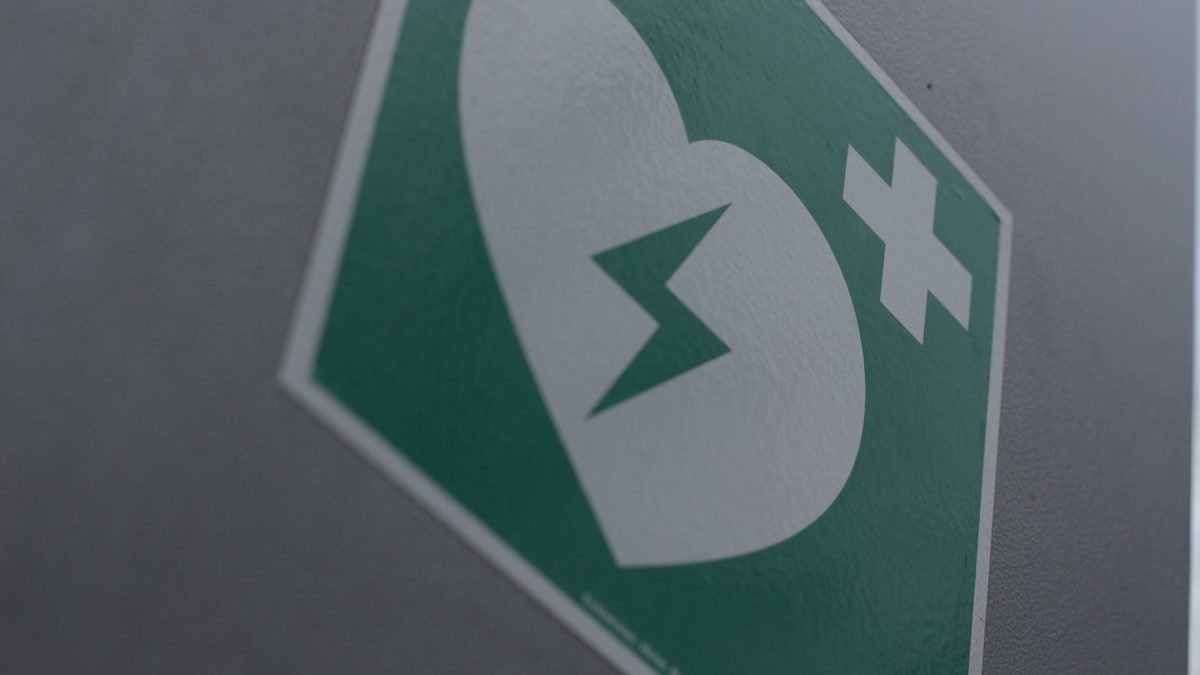Cardio surgery in Turkey is one of the most progressive branches of medicine. Thousands of people undergo treatment in Turkey every year, and the number of them is increasing rapidly.
According to statistics, the mortality rate from cardiovascular diseases in Turkey is gradually decreasing due to the work of experienced surgeons. Aortic valve repair procedure in Turkey is gaining popularity due to the use of modern cardiac surgery methods.
Table of Contents
Types of valve pathologies
Aortic stenosis is the narrowing of the aortic valve that hampers normal blood flow from the left ventricle into the aorta. Stenosis is a very common heart defect in adults (70-85% of all defects). It can be congenital, rheumatic, or the result of atherosclerosis and valve calcinosis.
Due to the reduced blood flow through the aorta, the heart has to work hard to pump blood to your body. Quite often, aortic stenosis is combined with aortic insufficiency, which has a negative effect on the left ventricle and mitral valve as well.
Decompensated aortic stenosis can lead to heart failure, which causes fatigue and shortness of breath. In the case of severe stenosis, patients need a surgical valve replacement.
Risk factors
Causes of stenosis may vary, but scientists have compiled a list of the most common ones:
- Rheumatism.
- Infectious endocarditis.
- Myocarditis.
- Congenital heart disease.
- Atherosclerosis.
- Ascending aortic aneurysm.
- Heart tumors.
Preventing stenosis is much easier than curing it. Some ways to reduce the risk of aortic valve stenosis include:
- Maintaining normal blood pressure.
- Being active physically.
- Avoiding bad habits.
- Maintaining of immunity.
- Controlling weight.
- Controlling cholesterol levels.
However, even if all these factors are considers, there is a risk of stenosis development. It is recommended that you check your health state regularly.
Symptoms
In the case of aortic stenosis, the valve between the left ventricle and the aorta is narrow and cannot perform its job properly. As a result, the left ventricle must do more work to pump enough blood into the aorta and to the internal organs. This can lead to hypertrophy and an increase in the size of the left ventricle. Hard work exhausts the left ventricle and the heart as a whole, causing heart failure and other cardiac problems.
Clinical manifestations of the aortic valve stenosis usually occur when the aortic valve is narrowed severely. On the opposite, most people with mild stenosis do not notice any symptoms for many years. Symptoms of aortic stenosis include the following:
- Breathlessness.
- Fatigue.
- Palpitations of the heart.
- Shortness of breath during physical exertion.
- Abnormal heart sounds.
Diagnosis
Your cardiologist will prescribe the procedure and laboratory examinations for you. The further treatment regimen will depend on the degree of aortic stenosis. The following is included in the list of common instrumental procedures for the heart examination:
- X-ray examination of the chest.
- Electrocardiogram (ECG).
- Contrast X-ray.
- Echocardiogram.
- MRI of the heart.
- Exercise stress tests.
Treatment
There are two basic types of surgical treatment: artificial prosthesis implantation and own valve repair. Both types of surgery involve open-heart surgery. In the case of own valve reconstruction, its function is typically better than the function of an artificial prosthesis, but this type of treatment is not always possible. If it is not possible to save the patient’s own valve, the only option is valve replacement. Types of aortic valve replacement include:
- Biological valves are made of animal or human tissues. The main advantage of such a valve in the absence of the need for constant intake of anticoagulants and the main disadvantage is a limited-service life (15-20 years).
- Mechanical valves are made of titanium and carbon and can serve lifelong. The main advantage of a mechanical valve is its quality. The only drawback is the need to take anticoagulants for life.
All types of aortic stenosis treatment and more information about cardiosurgery in Turkey can be found on the website of medical tourism operator Booking Health.
The easiest way to get treatment in Turkey
Thanks to medical tourism development, treatment abroad has become available to everyone. You can easily undergo aortic valve repair procedure in Turkey with the help of medical tourism operator Booking Health. To find a medical center for valve replacement in Turkey, leave the request on the company’s website. With Booking Health, you can receive treatment in the best hospitals in Istanbul and other cities at low prices. In addition, the company provides assistance in medical and non-medical issues:
- Selection of a suitable hospital.
- Booking hotels and air tickets.
- Interpreting services.
- Help in buying and forwarding medicines.
- Providing affordable cost of treatment, without overpricing.

